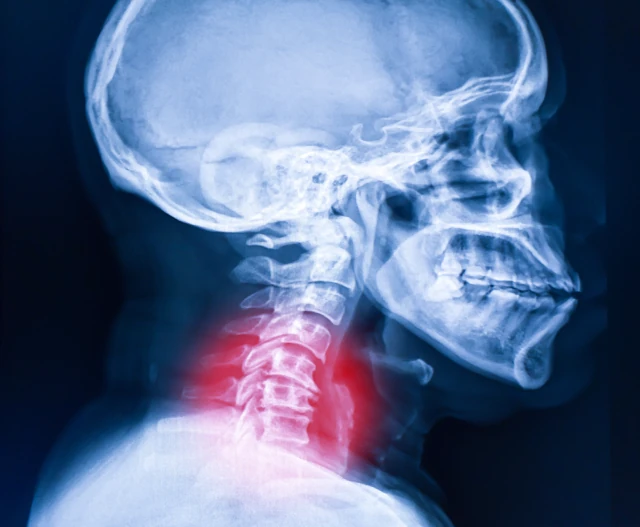
Effective Vertigo Treatment: Causes, Symptoms, and Proven Solutions for Quick Relief
- Dr. Prachi Saini (MPT)
Connect with our expert physiotherapist for personalized physiotherapy advice.
Introduction: Understanding Vertigo and Its Impact on Daily Life
Vertigo is a sensation that creates the feeling of spinning or dizziness, often leaving those affected struggling to maintain balance and perform everyday tasks. It can be disorienting and debilitating, affecting a person’s quality of life. Understanding the causes and symptoms of vertigo is the first step in managing it effectively. Fortunately, with the right treatment and exercises, relief is possible.
What Causes Vertigo?
Vertigo typically arises from issues in the inner ear or brain. Here are some of the most common causes:
- Benign Paroxysmal Positional Vertigo (BPPV):
This is the most common cause of vertigo, caused by tiny crystals of calcium carbonate in the inner ear becoming dislodged. These crystals interfere with the balance signals sent to the brain.
- Meniere’s Disease:
This condition involves fluid buildup in the inner ear and can lead to episodes of vertigo, tinnitus (ringing in the ears), and hearing loss.
- Vestibular Neuritis:
This is an inflammation of the vestibular nerve, which helps control balance. It’s often caused by viral infections and can lead to sudden vertigo attacks.
- Labyrinthitis:
Similar to vestibular neuritis, labyrinthitis is the inflammation of the inner ear’s labyrinth, usually due to infection. It affects both hearing and balance, causing dizziness.
- Head or Neck Injuries:
Trauma to the head or neck can also result in vertigo, especially if the vestibular system is affected.
- Migraines:
Some individuals experience vertigo as part of a migraine attack. This type of vertigo is known as vestibular migraine.
- Stroke or Brain Tumors:
Although less common, vertigo can be caused by more serious issues such as a stroke or tumor in the brain, which can interfere with balance.
Recognizing the Symptoms of Vertigo
The primary symptom of vertigo is a spinning sensation or the feeling that you or your surroundings are moving, even if you’re still. Other symptoms that may accompany vertigo include:
- Nausea and vomiting
- Loss of balance or unsteadiness
- Tinnitus (ringing in the ears)
- Blurry vision
- Headaches
- Difficulty concentrating
If you experience these symptoms, especially if they’re sudden or severe, it’s essential to seek medical advice for a proper diagnosis and treatment plan.
How to Relieve Vertigo: Proven Treatment Methods
Vertigo can be managed effectively with a combination of treatments and exercises tailored to its cause. Below are some of the best approaches for relieving vertigo:
- Vestibular Rehabilitation Therapy (VRT): VRT is a specialized form of physical therapy designed to improve balance and reduce dizziness. It involves exercises that help the brain compensate for the inner ear’s faulty balance signals.
- Epley Maneuver: A series of specific head movements aimed at repositioning the calcium crystals in the inner ear to relieve vertigo caused by BPPV.
- Medication: Medications may be prescribed to alleviate symptoms associated with vertigo, such as nausea, vomiting, or inflammation.
- Canalith Repositioning Procedure (CRP): A treatment used for BPPV that involves repositioning the crystals in the inner ear.
- Dietary Adjustments (for Meniere’s Disease): A low-sodium diet can help reduce fluid buildup in the inner ear, and avoiding alcohol and caffeine can reduce vertigo attacks.
- Neck Stretches and Exercises: Gentle neck stretches can help relieve tension contributing to vertigo.
At-Home Exercises for Vertigo Relief
If you are dealing with vertigo at home, certain exercises can help alleviate symptoms and improve balance. Here are a few to try:
- Brandt-Daroff Exercises: Sit upright on a bed and turn your head 45 degrees to one side. Lie down on the opposite side and hold for 30 seconds or until the dizziness subsides. Return to the sitting position and repeat on the other side.
- Gaze Stabilization Exercise: Focus on a fixed object while moving your head from side to side or up and down to retrain the brain to process balance information.
- Balance Training: Stand with your feet together and eyes closed. Try balancing for 30 seconds. Gradually challenge yourself by standing on one foot or adding head movements.
When to Seek Medical Help for Vertigo
While vertigo is often benign and treatable, there are times when you should seek immediate medical attention:
- Sudden, severe vertigo with no known cause
- Difficulty speaking, swallowing, or walking
- Numbness or weakness in the face, arms, or legs
- Vision problems
- A recent head or neck injury
Conclusion: Take Control of Your Vertigo with Professional Help
Vertigo doesn’t have to control your life. With the right diagnosis and treatment plan, most cases of vertigo can be managed effectively. Whether through vestibular rehabilitation therapy, repositioning maneuvers, or simple home exercises, relief is possible.
Connect with our expert physiotherapist for personalized physiotherapy advice.



